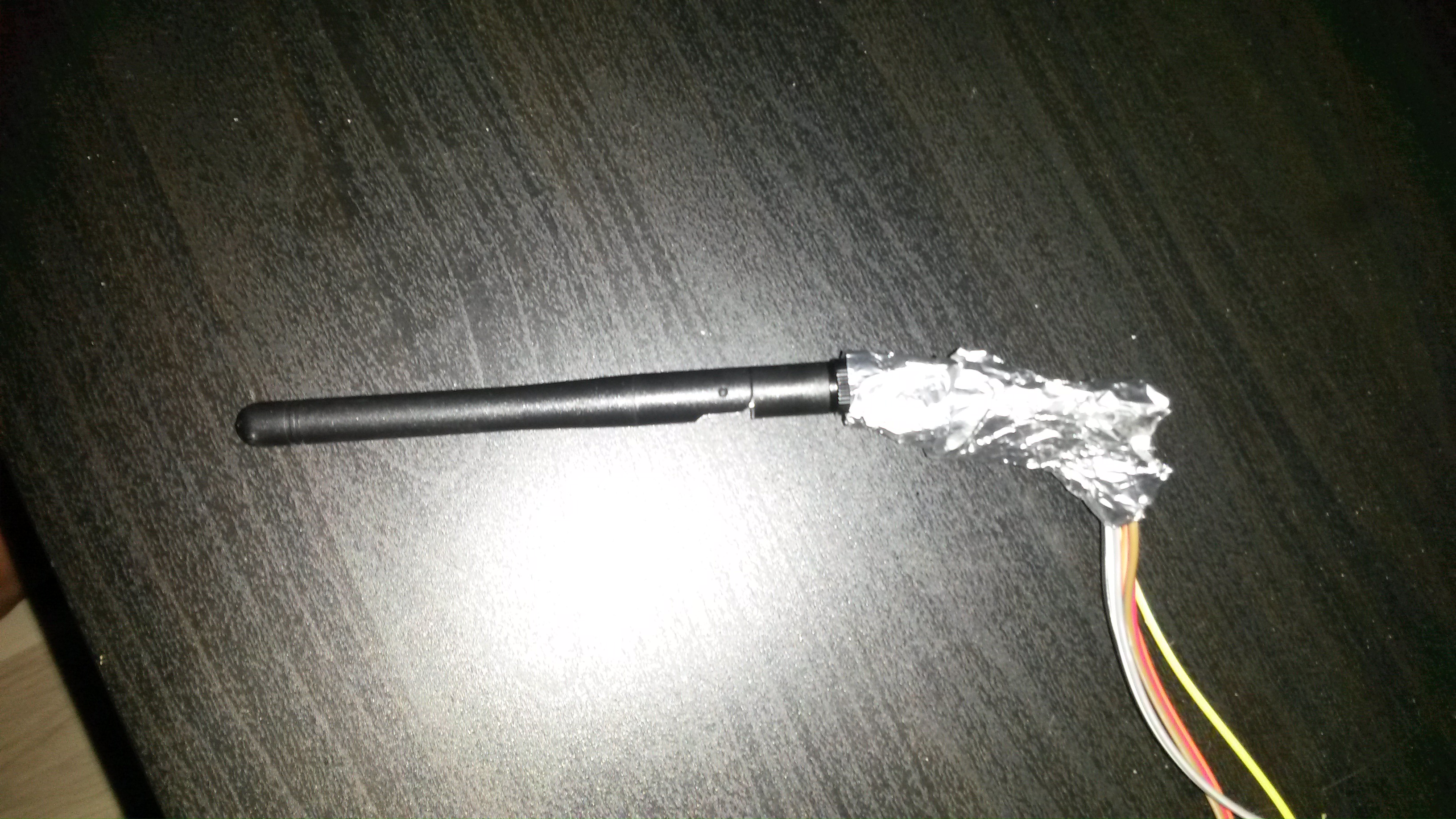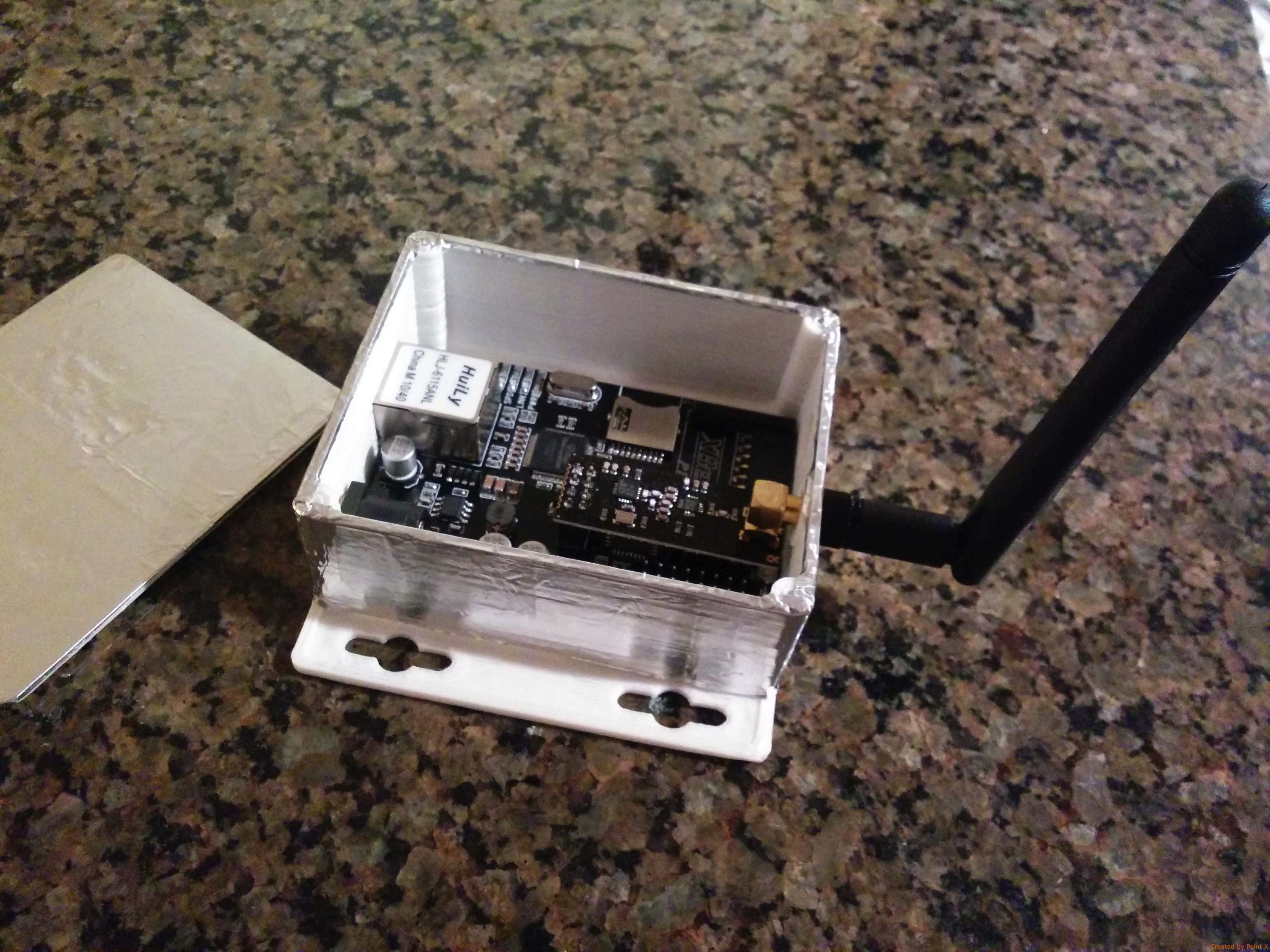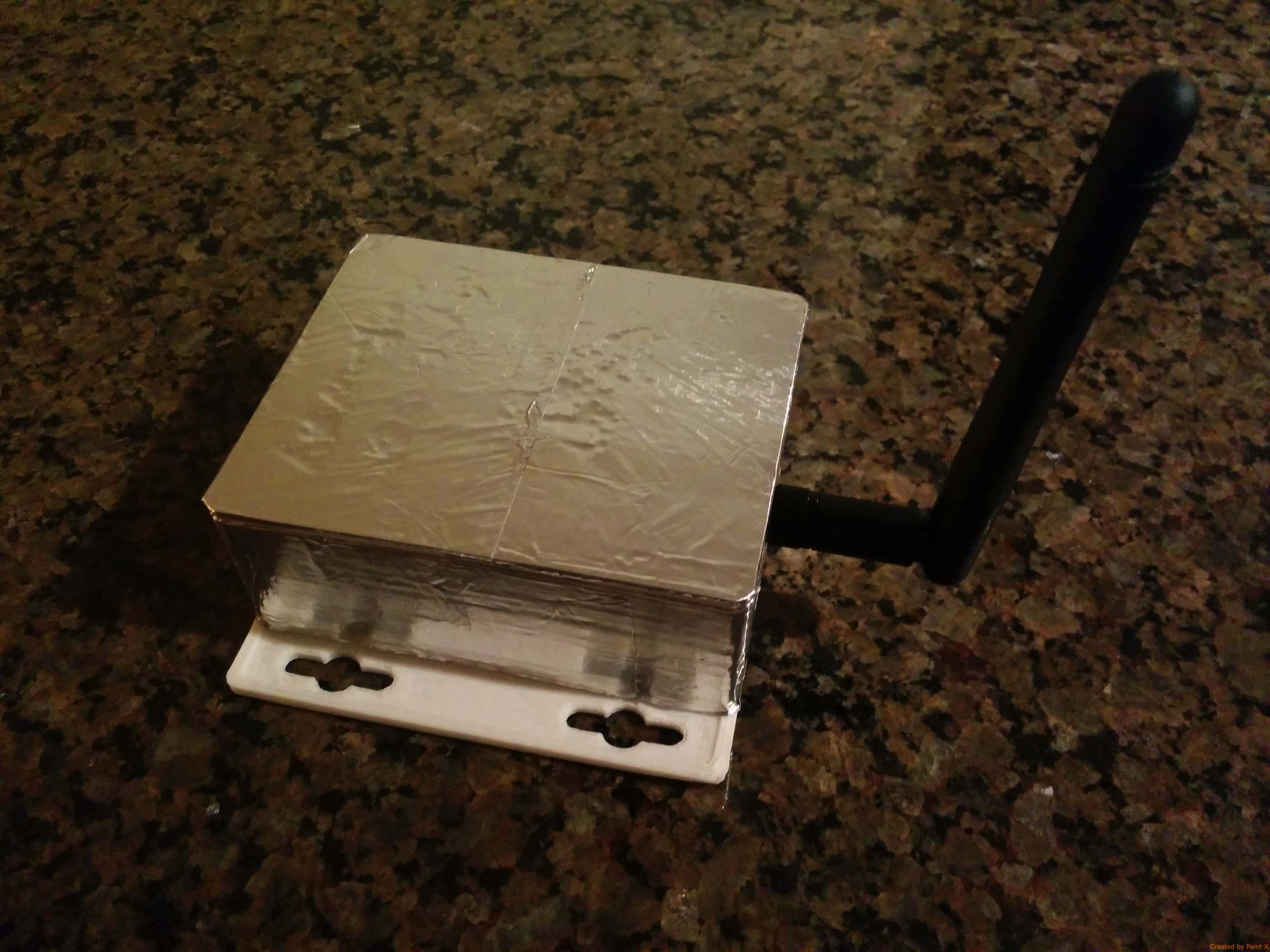[SOLVED] 2 X nrf24l01+pa+lna with RF24_PA_MAX
-
External 2xAA batteries for my tests. In the final use case I will add a 3.3V voltage regulator. I got a tip yesterday that this could be a matter of inproper shielding to the module itself. Sounds like a plausible explanation to me. I will try today to shield the module from his own rf with tin foil.
-
Wow. A little better!
I assume that's at 250 Kbps? Did you do any range tests at different speeds?
The nRF24L01+ with LNA & PA & antenna is not that much more expensive than the rfm69* so for some applications that need the higher speed they are still in the running even with longer distances.
I saw an analsyis (maybe here?) which suggested that this setup would not do very much good for reception, which was more limited by the noise floor, such that the antenna gain and LNA would not improve things much - so most of the range gain would come from the increased transmit power (including antenna gain). This was a theoretic analysis, not an empircal test.
If true, it would mean that using an enhanced power unit on one end of the link only would not give one much additional range in bidirectional protocols, where the back-link (conventional to enhanced) would be the limiting factor. I've been curious if this is indeed the case or not in practice.
-
@Zeph Only tried 250kbps at the moment, i tried to test the maximum range possible.
But i will also do some 1mbit and 2 mbit tests in the near future (depends on weather).Hm.. i don't know what exactly do the performance gain. I also ordered some modules with external antenna but without external LNA+PA. Let's see what the LNA+PA really do. ;)
@Fabien: I will post a photo tomorrow. But basicly i just wraped cling film arround the module (to not get any shorts) and then wraped tin foil arround that.
-
-
@Oitzu questions: on the picture, the foil cover up the base of the antenna. Can it touch the antenna connector itself (golden part the antenna is screw on) or this part also need to be covered with plastic film ?
You also told you will try to cover up the inside of the case with foil to not wrap the radio itself... did you try it ?
-
@wico2002: you should also cover the base of the antenna with plastic foil.
As far as i know the base is grounded. I don't really know if this makes any difference but i let my tinfoil ungrounded. I'm no expert in RF mechanics. :DNo not tried this yet.. but this should have the same effect as the tinfoil wrapping.
As long as you let stick the antenna out of the housing.... ;)





